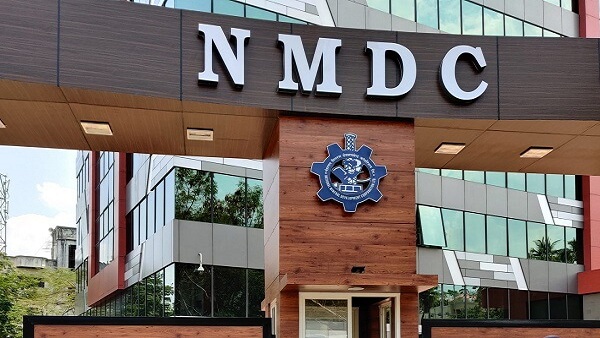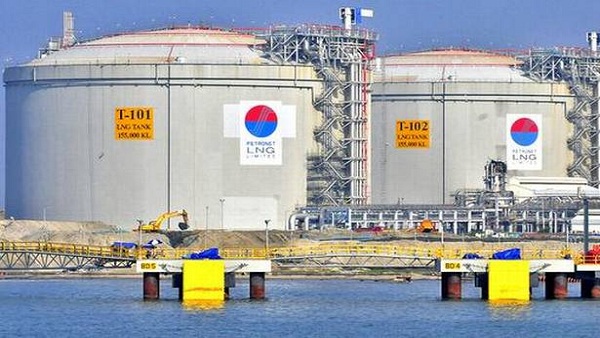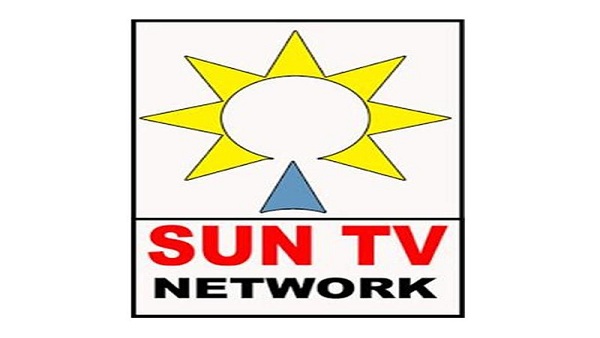Importance of Low PE and High ROCE in Stocks
Return on Capital Employed (RoCE) is a metric that measures how much-operating profit (EBIT) a company generates for every rupee of capital invested. One of the few profitability ratios that an investor uses to assess a company’s rate of returns and profitability is the return on capital employed ratio. RoCE emphasizes the total profitability of the company. A high RoCE indicates that the company is lucrative.
A stock with a low PE and strong business fundamentals has a decent possibility of rising in price in the future. Sales, EPS, net worth, and other metrics grow quicker when the fundamentals are strong. The market price of stock finally reflects this rise. While it is also not a good idea to pick stocks only based on their “low PE.”
A high ROCE value suggests that more profits can be re-invested in the business for the benefit of shareholders. The capital is re-invested at a higher rate of return, resulting in increased earnings-per-share growth. As a result, a high ROCE is indicative of a successful growth organisation.
NMDC
The stock returned 71.99 percent during a three-year period, compared to 44.96 percent for the Nifty 100 index. Over a three-year period, the stock delivered a 71.99 percent return, while the Nifty Metal provided investors a 49.84 percent return. Over the last three years, the company has maintained a good ROCE of 25.69 percent. It’s a good opportunity to buy because the stock isn’t overbought. Stocks have a high dividend yield.
NMDC founded in 1958, is a Large Cap business in the Mining Industry with a market capitalization of Rs 53,366.33 crore. In the most recent quarter, the company declared a net profit after tax of Rs 2,835.54 crore.
Hindustan Aeronautics
Hindustan Aeronautics Ltd., founded in 1963, is a Large Cap firm in the Defence sector with a market capitalization of Rs 34,652.58 crore. In the last three-year period, the stock returned 23.48 percent, while the S&P BSE Capital Goods index returned 35.69 percent.
Over the last three years, the company has maintained an ROE of 20.74 percent. Over the last three years, the company has maintained a respectable ROCE of 27.04 percent. With an interest coverage ratio of 11.93, the company is in good shape.
The company reported gross sales of Rs. 214383.8 crores and a total income of Rs. 217317.1 crores in the most recent quarter.
Petronet LNG Ltd
On June 8, 2021, the company declared a dividend of Rs 3.5 per share, with a record date of July 2, 2021. Petronet LNG Ltd. was founded in 1998 and is based in the United Kingdom. The current share price is 226. It currently has a market capitalization of Rs 33900 crore. The company reported gross sales of Rs. 354520 crores and total income of Rs. 358245.7 crores in the most recent quarter.
For the past three years, the company has shown a good profit growth of 16.51 percent. The company’s debt has been reduced by 632.20 crores.
Over the last three years, the company has maintained a respectable ROE of 23.59 percent. Over the last three years, the company has maintained a respectable ROCE of 30.82 percent.
Sun TV Network
The Sun TV Network Ltd. company was founded in 1985. The current share price is 536.3. It currently has a market capitalization of Rs 21134.76 crore. The company reported gross sales of Rs. 34044.2 crores and a total income of Rs. 36533.5 crores in the most recent quarter.
Over the last three years, the company has maintained an strong ROCE of 37.79 percent. In the last five years, the company has maintained effective average operating margins of 68.10 percent. The company’s cash flow is well-managed, with a CFO/PAT ratio of 1.28.
Gujarat State Petronet Ltd
Gujarat State Petronet Ltd. began operations in 1998. Its share price currently is 335.25. It now has a market capitalization of Rs 18915.19 crore. The company reported gross sales of Rs. 23692.71 crores and a total income of Rs. 24334.25 crores in the most recent quarter.
For the past three years, the company has shown a good profit growth of 30.70 percent. The company has grown its sales by 32.10 percent in the last three years. The company’s debt has been reduced by 735.67 crores.
Manappuram Finance Ltd
The company Manappuram Finance Ltd. was founded in 1992. Its share price presently is 162.65. It currently has a market capitalization of Rs 13766.12 crore. The company reported gross sales of Rs. 43113.03 crores and total income of Rs. 43533.41 crores in the most recent quarter.
The profit margin has increased by 5.41 percent. In the last three years, the company has maintained a good ROA of 5.29 percent.
The company has a 21.43 percent Return on Equity (ROE) track record. Since the last three years, the company has maintained a respectable ROCE of 14.55 percent.
Chambal Fertilisers and Chemicals Ltd
For the past three years, the company has shown a good profit growth of 42.28 percent. Stocks have consistently outperformed bank FDs in terms of return on equity.
For the past three years, the company has grown its revenue by 18.10 percent. Stocks also pay out a lot of money in dividends. In the previous three years, the company has maintained a respectable ROE of 23.24 percent.
7 Quality Stocks With Low PE, High ROCE To Invest In 2021
| Company Name |
Price in Rs. |
PE |
ROCE |
| NMDC |
184.45 |
8.61 |
22.54% |
| Hindustan Aeronautics |
1024 |
10.62 |
24.34 |
| Petronet LNG |
226 |
11.56 |
32.16 |
| Sun TV Network |
532 |
13.73 |
31.1 % |
| Gujarat State Petronet |
335 |
11.8 |
38.5 % |
| Manappuram FInance LTD |
169 |
8.48 |
15.36 |
| Chambal Fertilisers |
306 |
7.78% |
29.2 % |
Disclaimer
Financial ratios, on the other hand, provide information regarding prior performance. You can’t predict whether the company will perform similar or better in the future based solely on previous performance. The views and investment tips expressed by authors or employees of Greynium Information Technologies, should not be construed as investment advise to buy or sell stocks, gold, currency or other commodities.

















